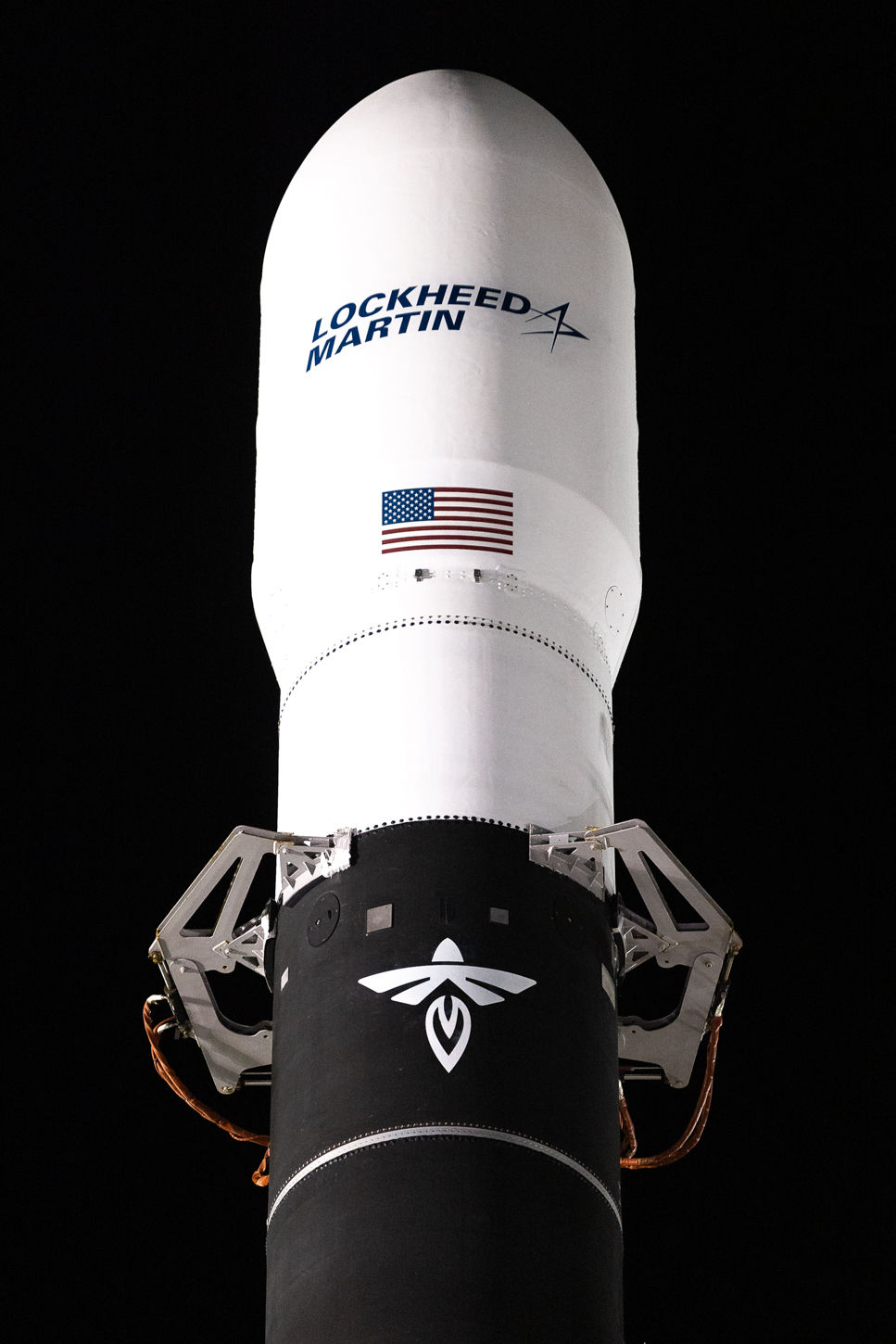From Startup to Industry Player: Firefly’s Crucial Alpha Launch Approaches
- Ryan Bale

- Apr 28
- 2 min read
Firefly Aerospace is preparing to launch its next Alpha mission, Flight 6 (FLTA006), carrying Lockheed Martin’s versatile LM 400 satellite. Scheduled for liftoff no earlier than Monday, April 29, 2025, from Space Launch Complex-2W at Vandenberg Space Force Base, California, this mission will open a significant new chapter for the small-launch provider.
The launch window extends from 6:37 a.m. to 7:29 a.m. Pacific Daylight Time (9:37 a.m. – 10:29 a.m. EDT / 13:37 – 14:29 UTC). Firefly’s two-stage Alpha rocket will carry the LM 400 into a low Earth orbit approximately 500 kilometers above the Earth, validating key technologies for Lockheed Martin’s expanding satellite portfolio.
The mission is called "Message in a Booster," a nod to the start of a 25-launch agreement between Firefly Aerospace and Lockheed Martin that stretches into the late 2020s.
The Alpha Rocket and Mission Objectives
Alpha is Firefly’s flagship small-lift launch vehicle, capable of delivering over 1,000 kilograms to low Earth orbit. Its first stage is powered by four Reaver 1 engines burning RP-1 kerosene and liquid oxygen (LOX), while the second stage utilizes a single Lightning 1 vacuum-optimized engine using the same propellants. Alpha’s design emphasizes rapid, cost-effective deployment for commercial, government, and national security missions.
For this mission, Alpha will perform a classic two-burn profile: lifting off from the West Coast, staging high over the Pacific Ocean, and using the Lightning engine to circularize the orbit for precise payload deployment.
The LM 400 satellite is a key piece of Lockheed Martin’s modular satellite platform strategy. Designed for a wide variety of missions — from tactical communications and remote sensing to scientific research — the LM 400 bus supports payloads ranging from 1 to 14 kilowatts, with scalable architecture allowing rapid customization. For "Message in a Booster," Lockheed is expected to validate new onboard systems and demonstrate flexible rapid-response capabilities.
A Critical Year for Firefly
This launch is more than a milestone — it represents Firefly’s emergence as a serious player in the responsive space sector.
After the successful Alpha launches of 2022 and 2023, Firefly has accelerated its manifest. Beyond Flight 6, the company plans additional missions in 2025 including FLTA007, carrying a tactical satellite for Lockheed Martin; Elytra Mission 1, the debut of Firefly’s new orbital transfer vehicle system; and VICTUS HAZE, a tactically responsive launch for the U.S. Space Force.
In parallel, Firefly continues to expand its infrastructure, including rapid manufacturing capabilities in Cedar Park, Texas, and operational readiness for responsive launch contracts.
With its growing backlog, multi-launch commercial contracts, and strengthening national security partnerships, Firefly Aerospace is transitioning from a startup to a critical national asset in space launch and mobility services.
Tomorrow’s launch will not just be about sending a satellite into orbit — it’s about proving that Firefly can reliably, rapidly, and repeatedly deliver on the promise of a flexible, affordable access to space, when it matters most.






Comments